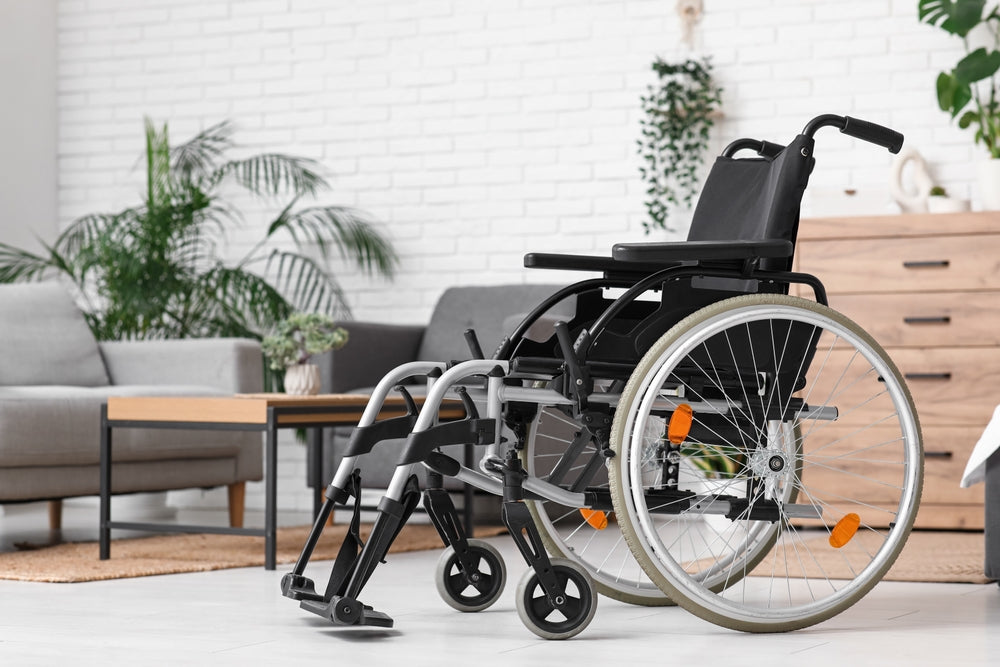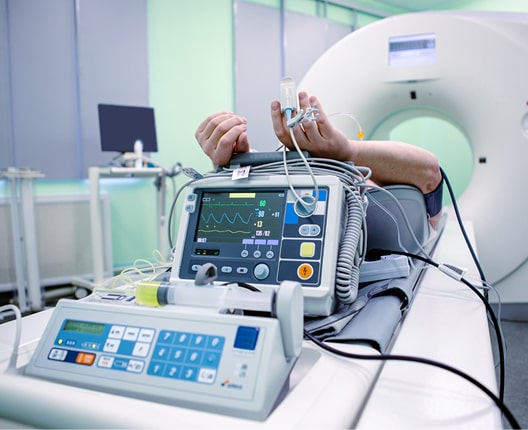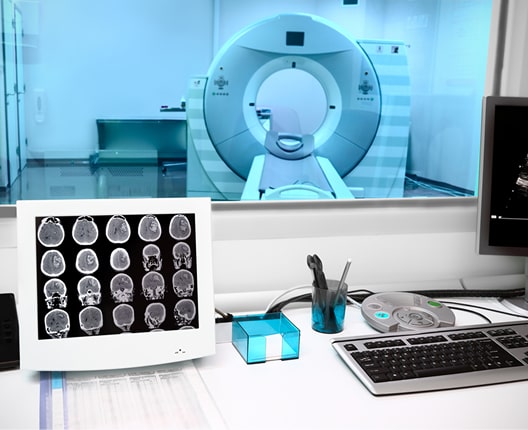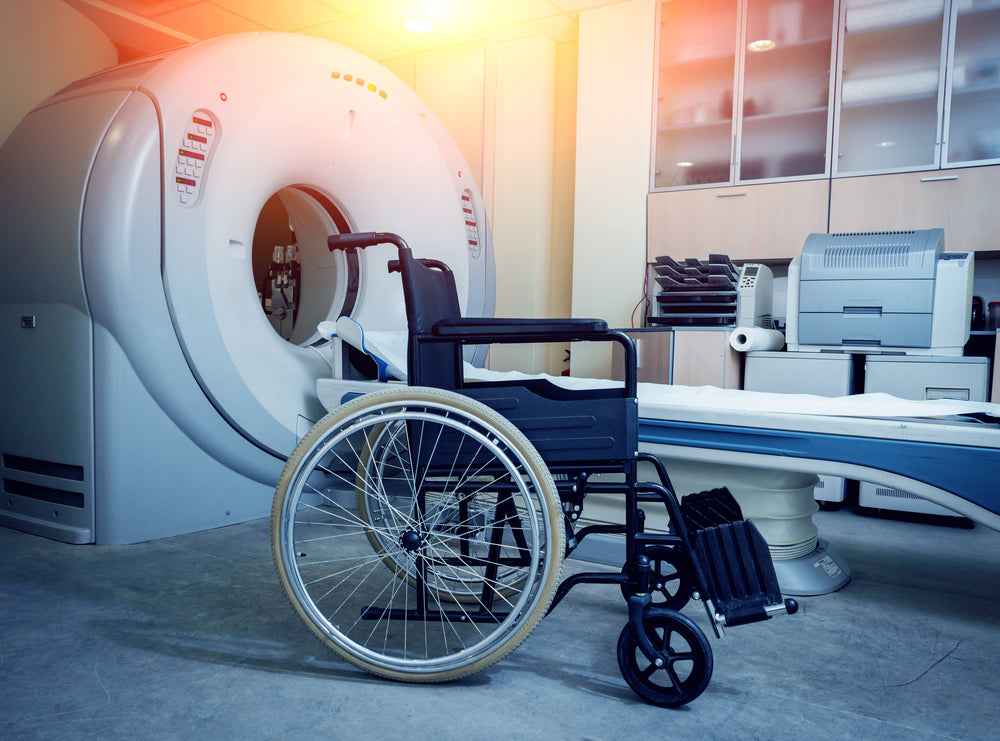
Selecting the right MRI wheelchair for your facility is crucial for ensuring patient comfort, safety, and operational efficiency in MRI environments. Unlike standard wheelchairs, MRI safe wheelchairs are designed with non-magnetic materials to prevent interference with MRI machines, reducing risks to both patients and equipment. Whether you're outfitting an emergency room, intensive care unit, or outpatient clinic, understanding the unique requirements of your clinical setting can help you make the best choice.
This guide will walk you through the key considerations, features to look for, common mistakes to avoid, and trusted brands to help you invest in the right wheelchair for your facility.
What Is an MRI Wheelchair?
Definition and Purpose
An MRI wheelchair is specifically designed to be safe for use in MRI environments. Standard wheelchairs often contain ferromagnetic materials that can be hazardous in the strong magnetic field of an MRI suite. MRI-safe models are built to address this safety concern while also providing essential mobility and patient support.
Key Features of an MRI Safe Wheelchair
MRI safe wheelchairs are distinct from standard wheelchairs due to features like:
- Non-magnetic construction (e.g., titanium, plastic)
- Wheels and brake systems that are unaffected by magnetic fields
- Cleanable surfaces for infection control in clinical settings
- Compatibility with essential patient-care accessories, such as IV poles or oxygen tank holders
Why MRI Compatibility Matters
Risks of Using Non-MRI Safe Wheelchairs
An incompatible wheelchair can become a dangerous projectile when exposed to an MRI’s powerful magnetic field. This poses a serious risk to patients, staff, and the equipment itself. Non-MRI safe materials can also distort imaging results, leading to inaccurate diagnoses.
Compliance with MRI Safety Standards
Regulatory standards like those from ASTM International and the FDA dictate strict guidelines for MRI-safe medical equipment. Ensuring compliance not only protects patients but also shields facilities from liability and operational interruptions.
Key Considerations When Choosing an MRI Safe Wheelchair
Selecting the appropriate wheelchair involves assessing your facility’s layout, patient demographics, and the types of procedures conducted. Below are key factors to consider.
1. Clinical Setting: Where Will It Be Used?
MRI Wheelchairs for Emergency Rooms (ER)
- Rapid access and transport: ER wheelchairs must enable fast transitions and movement through high-traffic areas.
- Durable and easy to sanitize: Frequent use in critical settings demands robust materials that are easy to clean.
MRI Safe Wheelchairs for Intensive Care Units (ICU)
- Compatibility with patient monitoring equipment: ICU patients may require wheelchairs that seamlessly integrate with IV poles or oxygen tanks.
- Smooth transitions for critically ill patients: A sturdy, yet soft, design is crucial for moving fragile individuals.
MRI Wheelchairs for Outpatient Settings
- Comfort and ease of use: Patients undergoing outpatient diagnostic scans may value comfort over prolonged periods of waiting.
- Storage and mobility benefits: Foldable or stackable models allow efficient storage for outpatient clinics with limited space.

2. Patient Size and Comfort
Bariatric Options for Larger Patients
It’s essential to account for the size and weight of patients. Wheelchairs with higher weight capacities ensure safety without compromising comfort.
Pediatric MRI Wheelchair Needs
Pediatric patients require smaller, adjustable models designed for their proportions to minimize stress and maximize stabilizing support.
Adjustable Components and Comfort Features
Look for features like adjustable footrests and padded seating to accommodate diverse patient needs.
3. MRI Room Specifications
Space Constraints and Maneuverability
Smaller or crowded MRI suites benefit from compact, lightweight wheelchairs with excellent turning radii.
Magnetic Field Strength and Safety Zoning
Some MRI rooms operate at higher magnetic field strengths, necessitating ultra-safe materials that won’t interact with the field's energy.
Material Requirements (Non-Ferromagnetic Construction)
Ensure that wheelchairs are constructed from materials such as titanium, high-grade plastic, or aluminum to avoid hazardous interactions with the magnetic field.
MRI Safe Wheelchair Features to Look For
When purchasing, prioritize these essential features:
- Non-magnetic materials: Titanium, plastic, or aluminum construction ensures safety and imaging reliability.
- Wheel and brake system design: Non-metallic wheels and brake systems reduce the risk of accidents or field interference.
- Ease of cleaning and infection control: Smooth, cleanable surfaces help maintain hygiene in medical settings.
- Accessories compatibility: Features like IV poles, oxygen tank holders, and armrests add utility and patient comfort.
Common Mistakes to Avoid
- Assuming any wheelchair can enter the MRI suite: Standard wheelchairs may react dangerously to magnetic fields. Always verify MRI compatibility before use.
- Ignoring patient size variations: Using a one-size-fits-all approach can compromise both patient safety and user experience.
- Overlooking maintenance and cleaning protocols: Regular inspection and cleaning ensure that the wheelchair remains in optimal, safe condition.
Top Recommendations and Trusted Brands
To ensure quality and reliability, consider these trusted MRI-safe wheelchair manufacturers:
- MRI Med: A leader in MRI safety, offering innovative designs tailored to various clinical needs.
- Other Reputable Brands: Manufacturers like Aegis and FeatherLite also provide dependable options that prioritize safety and usability.
Summary of Features in Trusted Brands
|
Brand |
Materials |
Ideal For |
Additional Features |
|
MRI Med |
Non-magnetic alloys |
Emergency Rooms, ICUs |
IV poles, easy-sanitize surfaces |
|
Aegis |
Plastic composites |
Outpatient Clinics |
Stackable, lightweight designs |
|
FeatherLite |
Titanium |
Pediatric and Bariatric |
Adjustable seating, foldable |
Conclusion
Choosing the right MRI wheelchair is an essential step toward optimizing patient care and ensuring safety in MRI environments. By matching the wheelchair's features to your facility’s specific needs, balancing safety and usability, and prioritizing long-term value, you’ll not only enhance operational efficiency but also improve patient outcomes.
MRI Med offers industry-leading options designed to meet diverse clinical requirements. Whether for emergency rooms, ICU settings, or outpatient facilities, their wheelchairs integrate innovation, safety, and comfort—solidifying their reputation as a trusted choice. Don't compromise when it comes to safety and quality—equip your facility with the best.
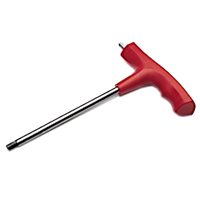

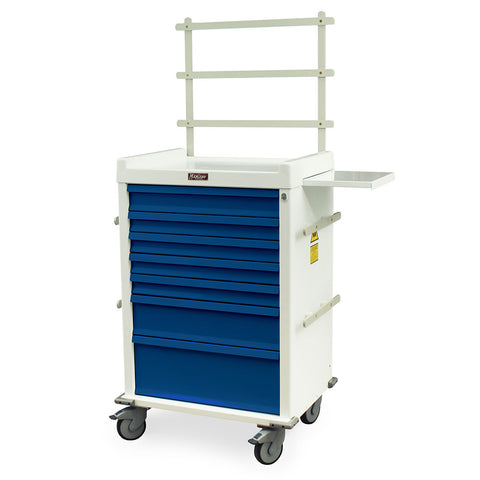
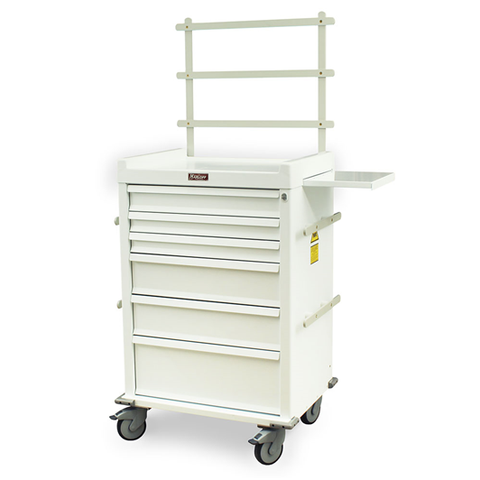
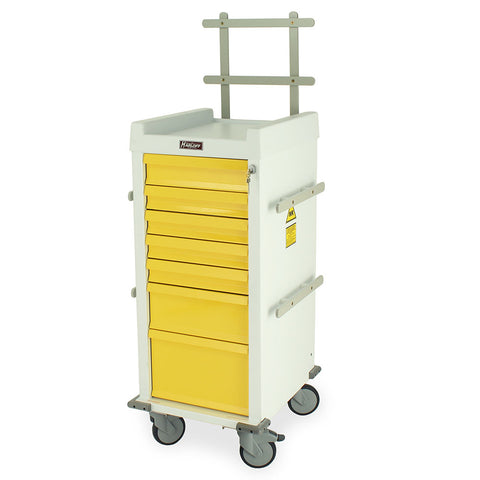
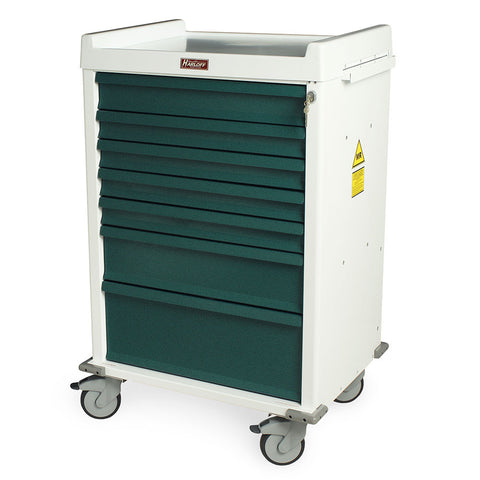
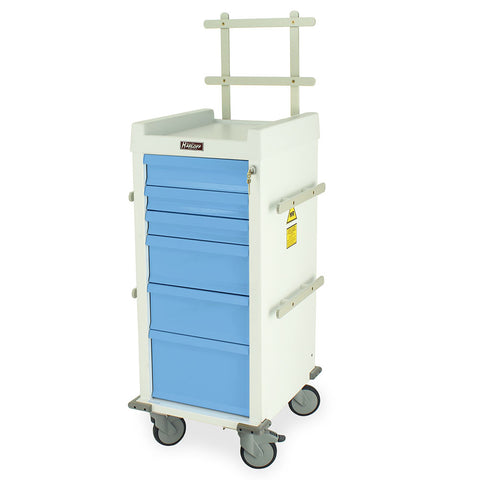
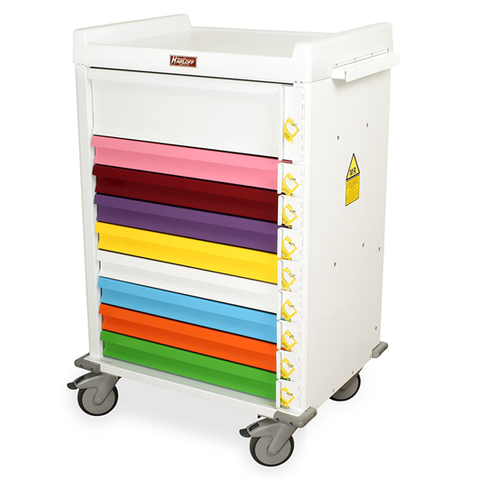
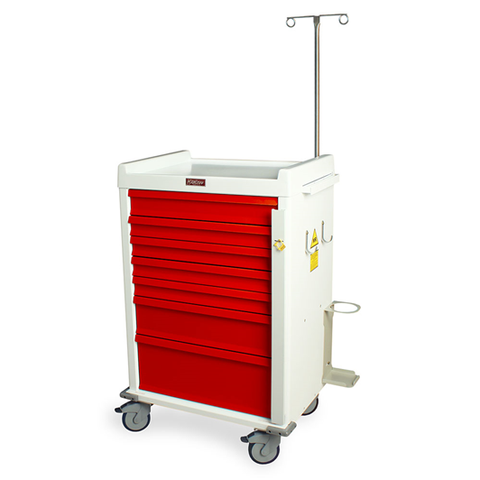
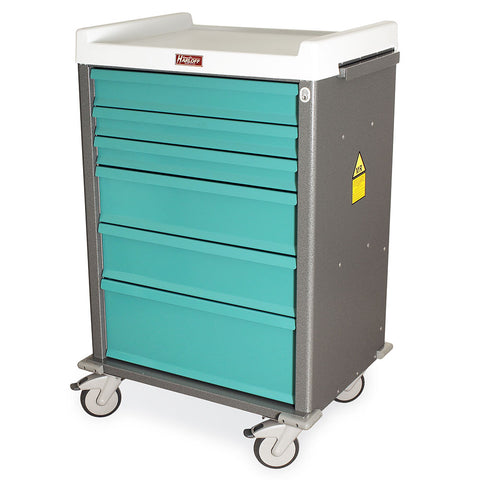
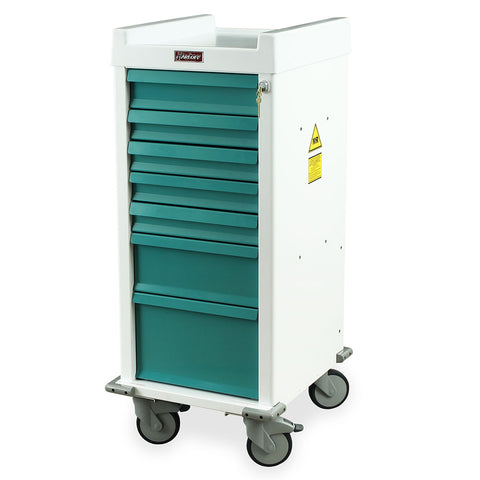
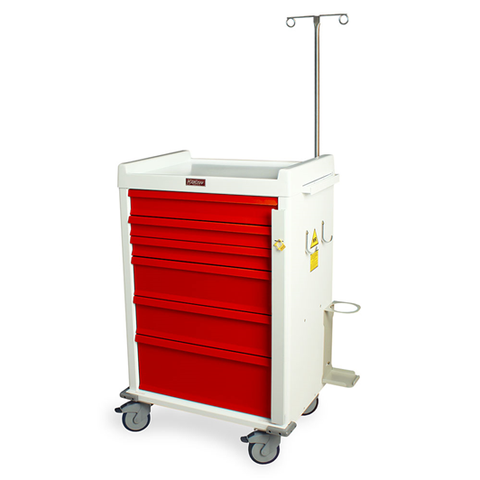











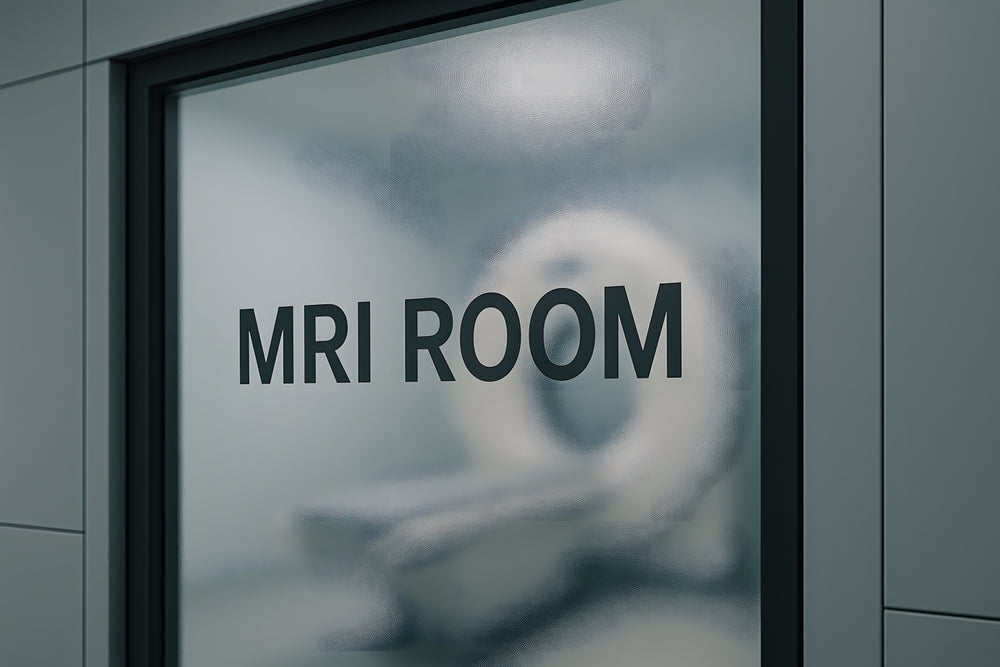
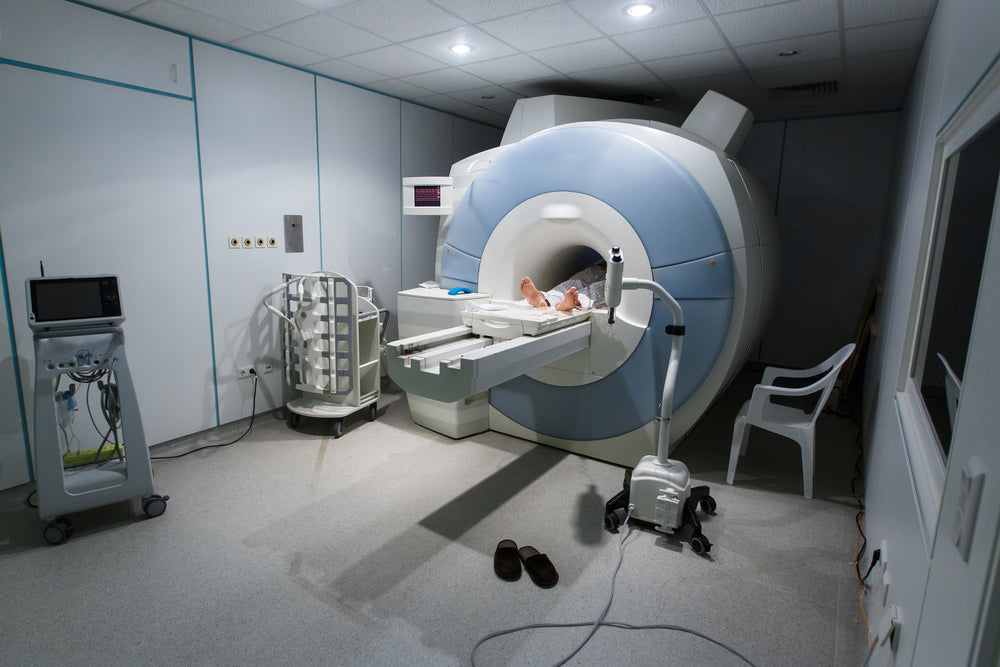
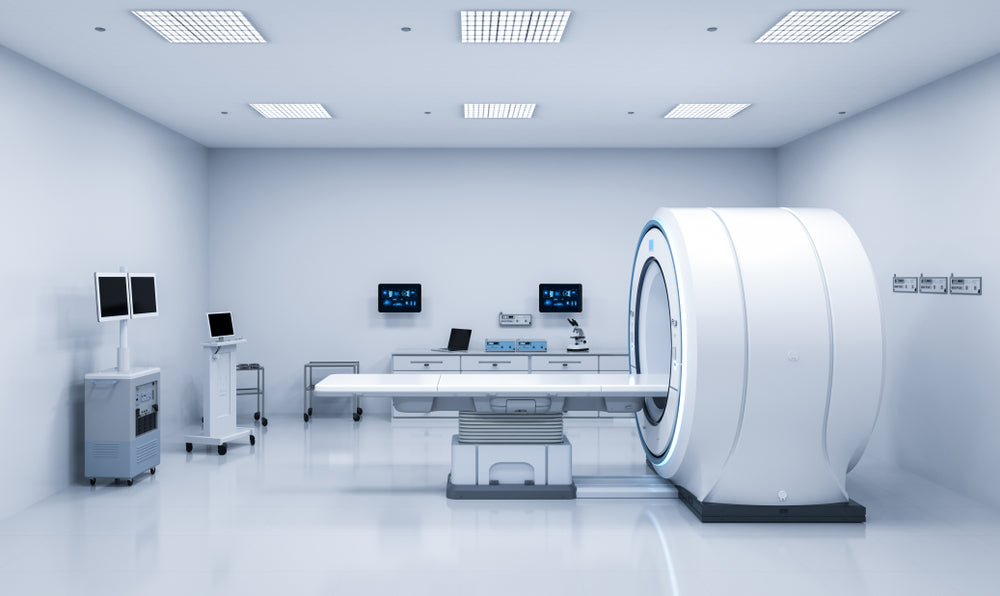
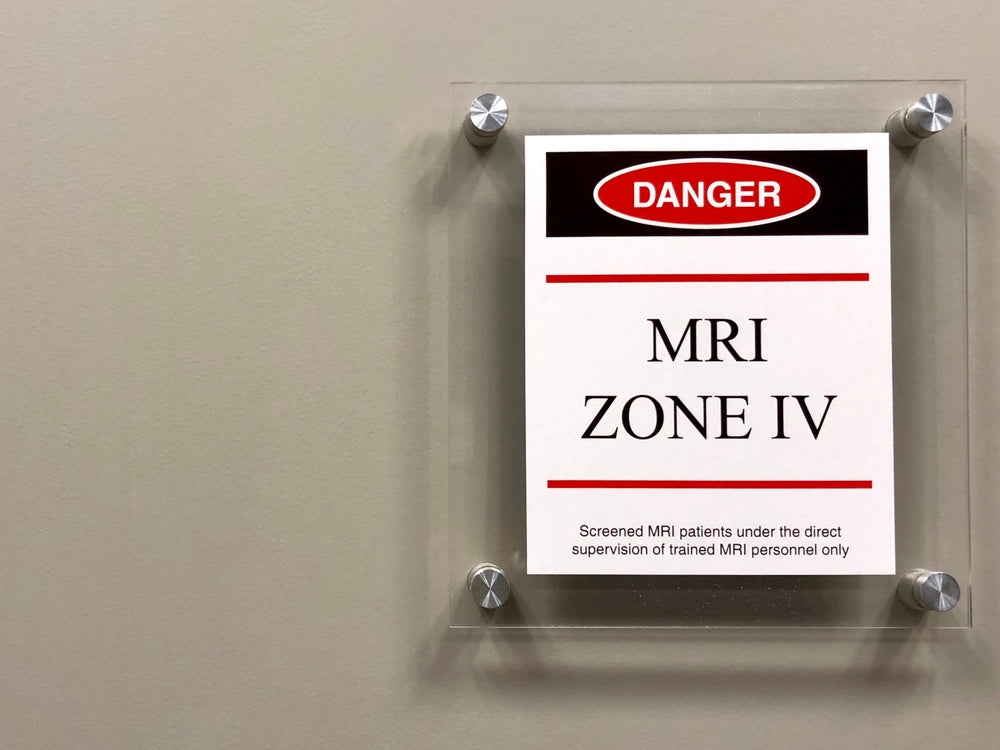
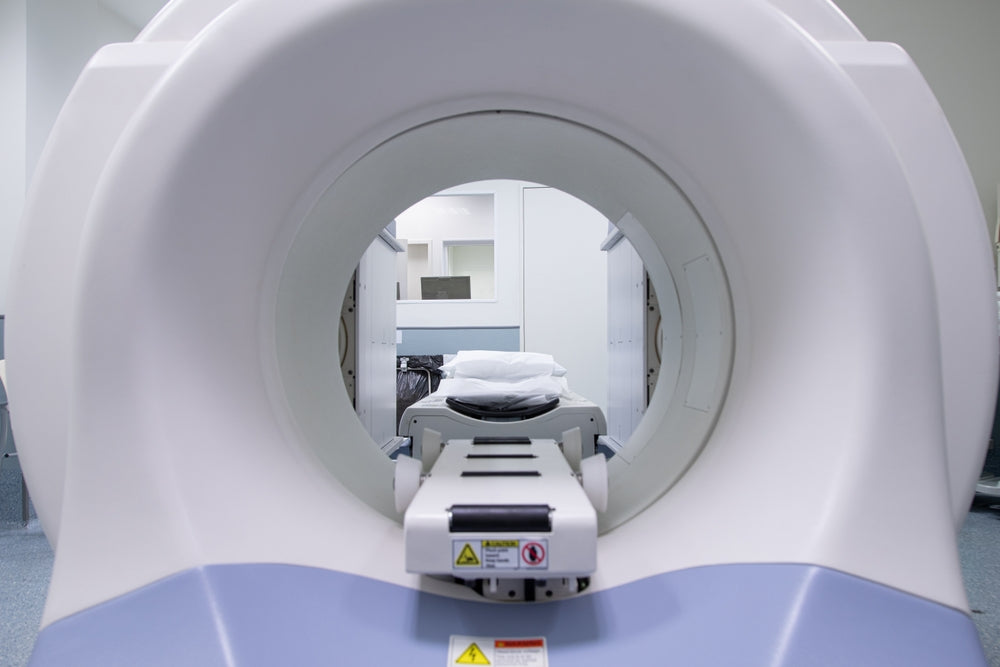
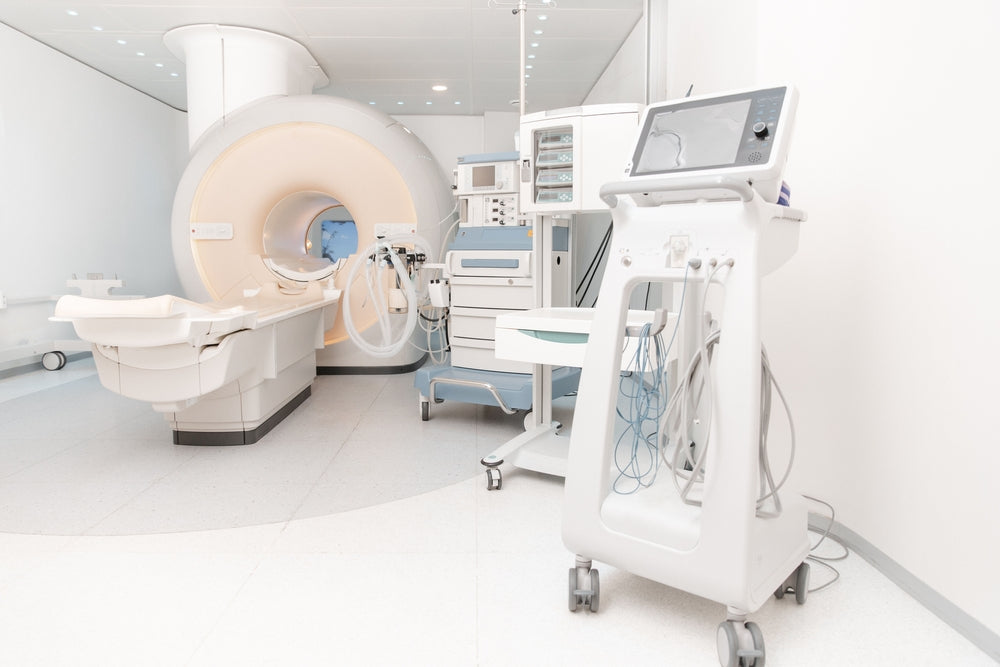
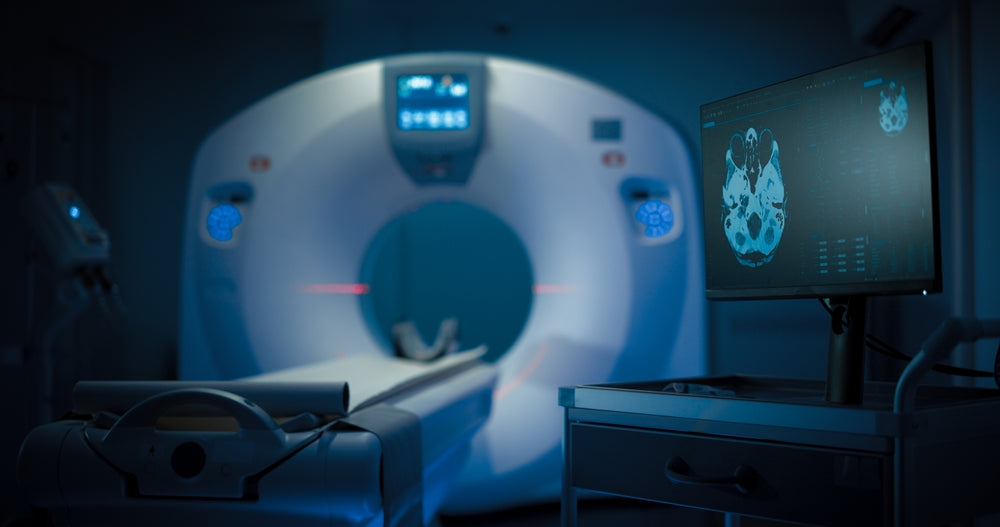
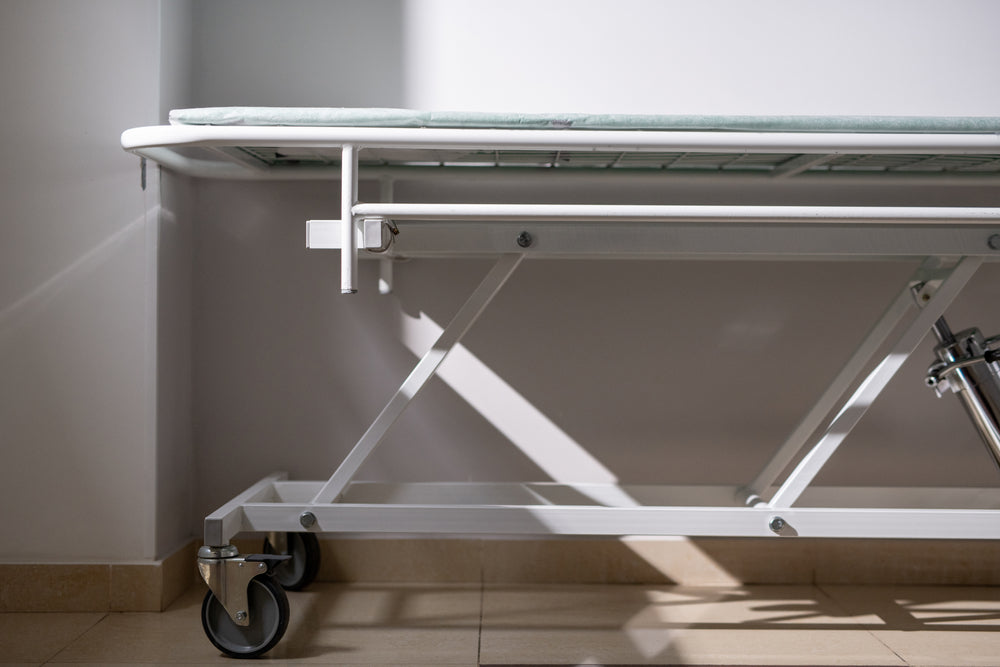

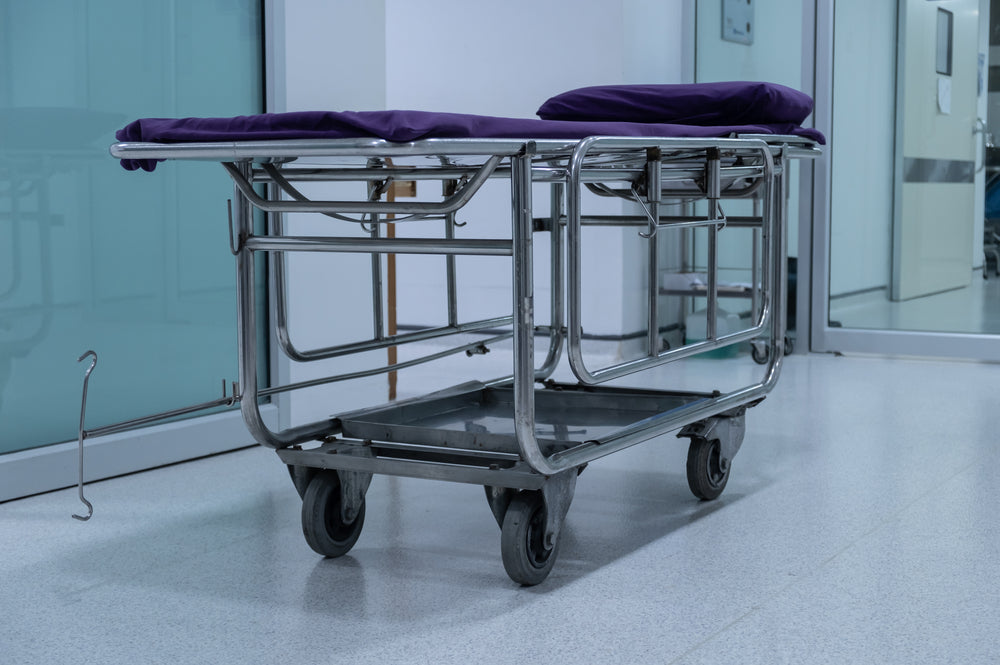
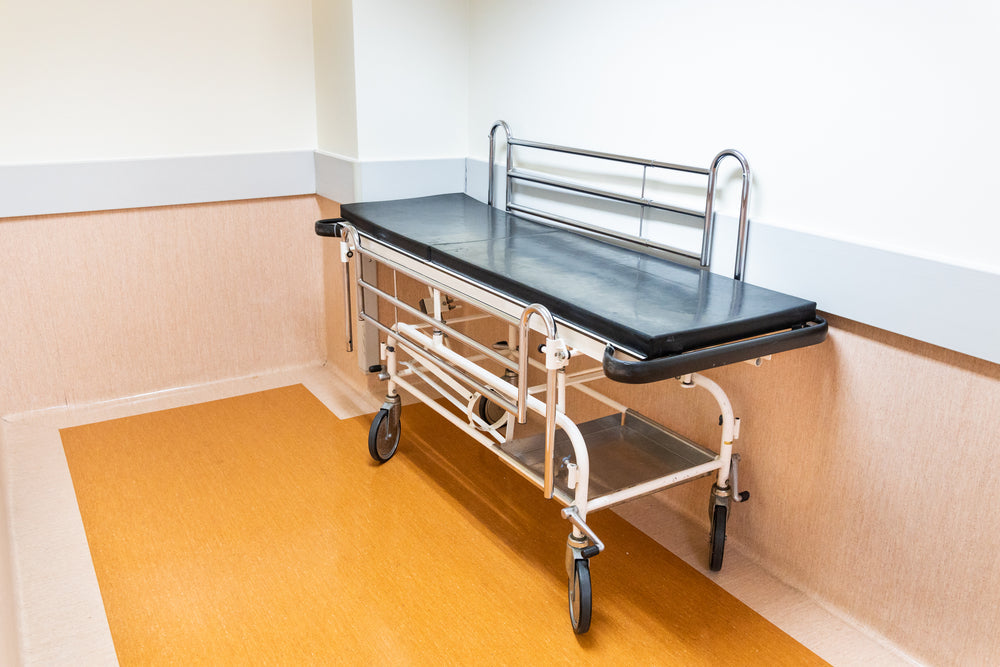
![Top 5 MRI-Conditional Stretchers in 2025 [With Pricing]](http://mrimed.com/cdn/shop/articles/stretcher_7f6cecde-e393-488a-b137-fb1fa984dd57.jpg?v=1759824908)






